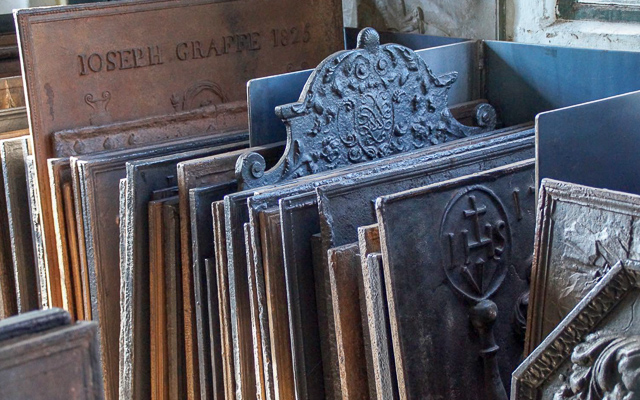What is a fireback?
A fireback is a cast iron - often beautifully decorated - plate that is placed against the back of the fireplace. The fireback protects the rear wall from the heat of the fire and radiates heat from the fire into the room on the other side. In addition, the fireback has a decorative function.
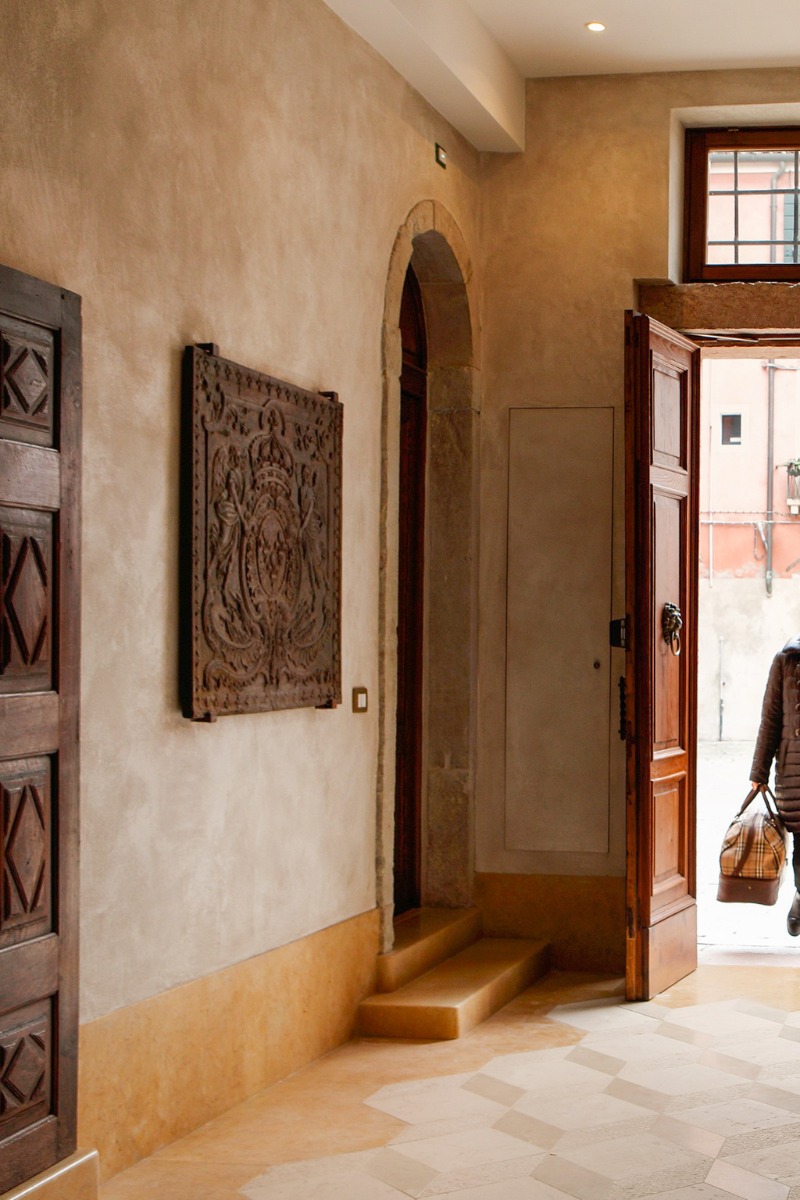
How does a crack in a fireback happen?
Firebacks are made of cast iron. The great advantage of cast iron is that it conducts heat evenly and radiates heat. A disadvantage of cast iron is that it can crack or break. This may be due to the following causes:
- The fireback falls over. That is why it is important to attach the fireback securely to the rear wall of the fireplace. See also the article on this: How do I attach a fireback?
- The fireback receives what is called a “thermal shock.” This means that there is an excessively large transition from cold to hot, and the fireback cannot conduct the heat adequately. To prevent this, warm the fireplace back plate back gradually with a very quiet fire at the start of the burning season. A thermal shock is also possible due to an excessively large transition from hot to cold, as a result of which the fireplace cannot conduct the cold adequately. Therefore, never extinguish the fire in a fireplace with water, sand or anything similar. Let the fire go out slowly.
- The fireback overheats due to excessively large fires being burned for too long. It is always important to burn quiet fires. This is also important, for example, for environmental reasons.
- The fireback overheats due to excessively hard wood being burned. Do not use tropical hardwood in your fireplace, but medium hardwood such as that from oak and fruit trees. A fire can also become too hot for the fireback due to the use of coal and briquettes.
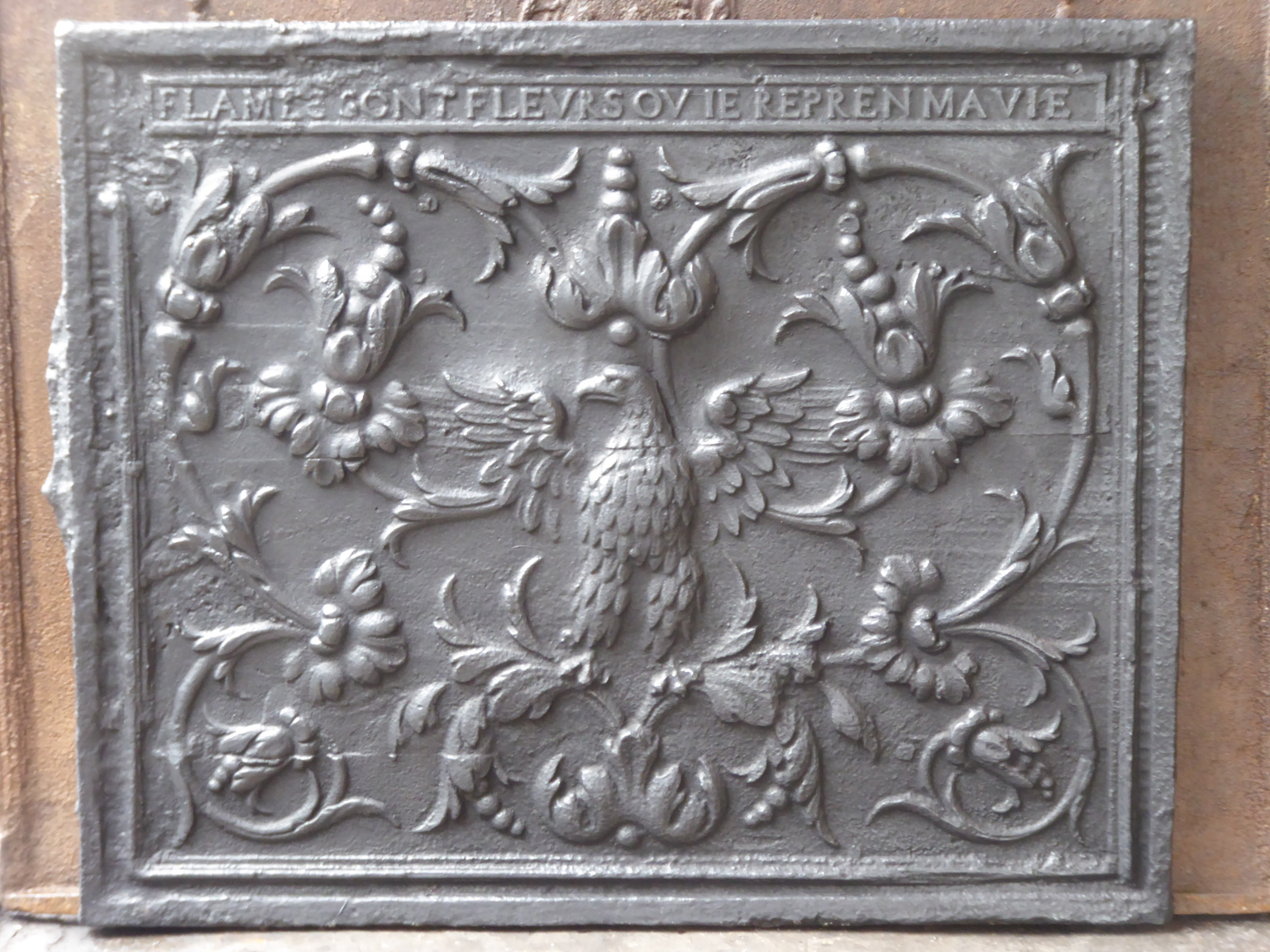
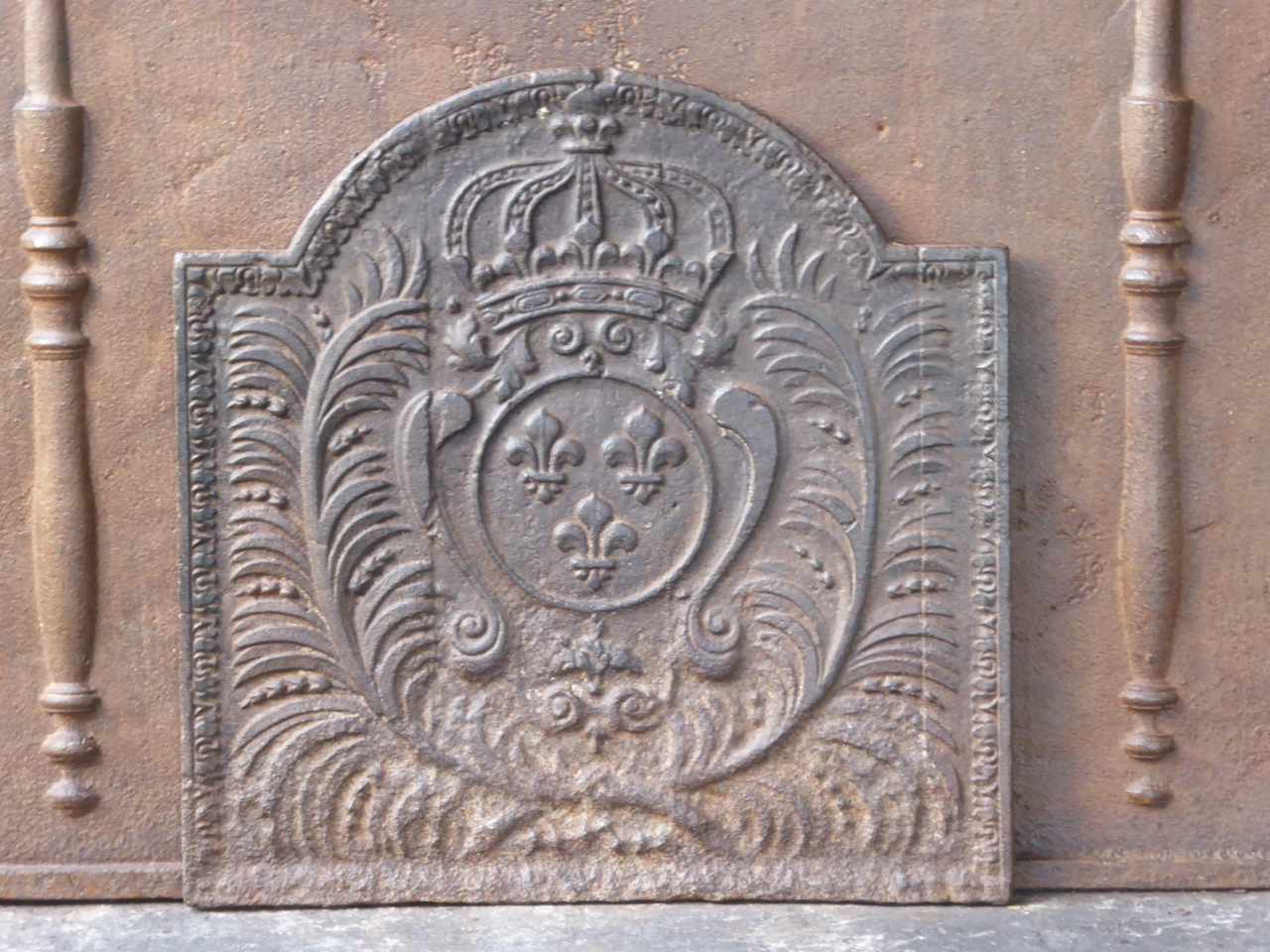
A line on a fireback is usually not a crack
Firebacks are made by pouring hot liquid iron into a wooden mold. If this mold consisted of planks, the joints between the planks can sometimes be seen as a line on the fireback. That line may look like a crack, but it isn't. Some more recent firebacks may also be cast from much older molds. These firebacks can therefore also have lines. We always look carefully at this and indicate whether there is actually a crack in the condition of the fireback.
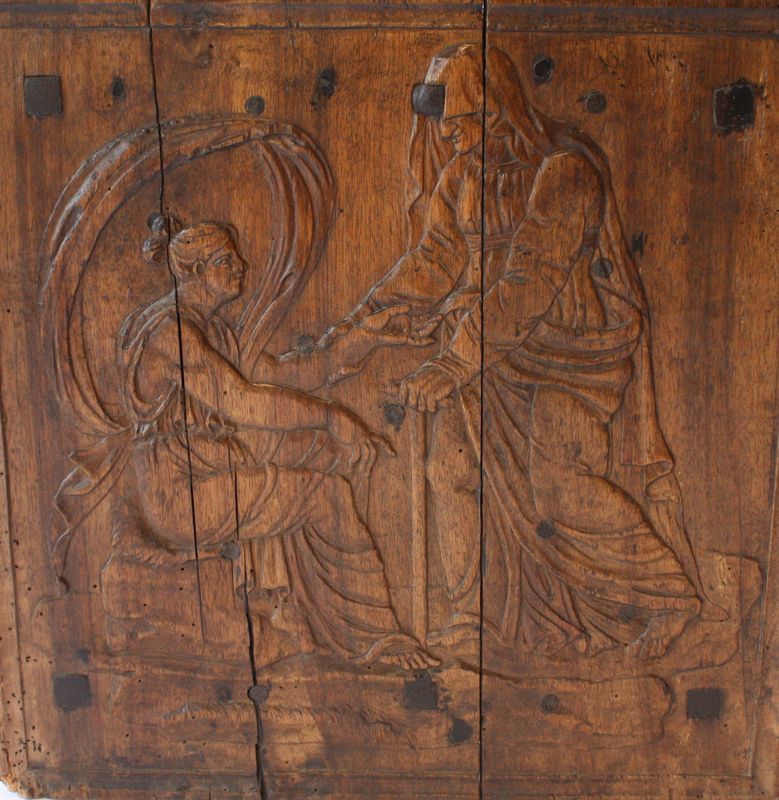
How bad is a crack?
Cracks may be small or large. Small cracks are often finer cracks that are not very long. These cracks are in principle no problem for a fireback. They do not usually crack (much) further from fireplace fires. Most older firebacks do have an old crack and have subsequently been used for a long time without further problems for these firebacks.
Larger and deeper cracks may cause problems more often. The location of the crack plays a role in this. If the crack runs transversely over the fireback, the fireback cannot conduct the heat of the fire adequately over the entire plate. Due to the heat differences, the crack may become larger.
A large crack may make the fireback unstable, causing the fireback to break. This can lead to dangerous situations in the fireplace. Secure a fireback with a large crack to the back wall properly, such that all sides of the fireback are supported.
If the two sides of a fireback have unequal heat, the fireback may begin to “work.” Sometimes you can literally hear that when the fireback starts to “sing” or “tick.”
Each fireback on our site receives an assessment of the condition in the form of one, two or three stars. Three stars means that the fireback is in good condition and has no cracks. With two stars, the fireback has a small crack (or other minor damage), but the fireback is suitable for use with fireplace fires. With one star, the fireback has a large crack (or other major damage) and is not suitable for use with fireplace fires.
If you prefer a large fire using large logs and/or like to keep the fire going continuously, it is advisable to select a very thick fireback with little or no cracks. On the other hand, every fireback can become overheated and crack when large fires are kept continuously for days and nights.
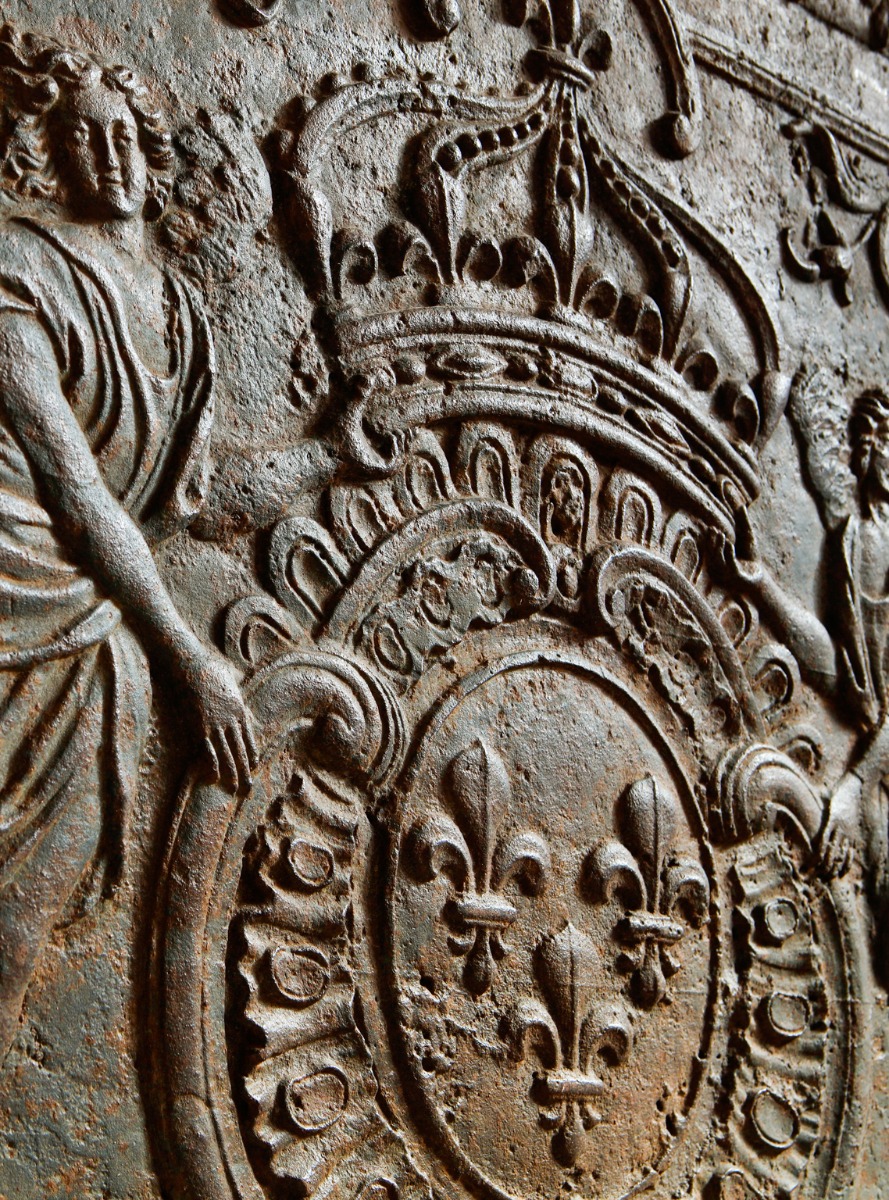
Can I keep using a fireback with a crack?
In principle, it is always possible to use a fireback with a crack in a fireplace, no matter how large the crack. A large crack has more risk of cracking further and breaking than a small crack does.
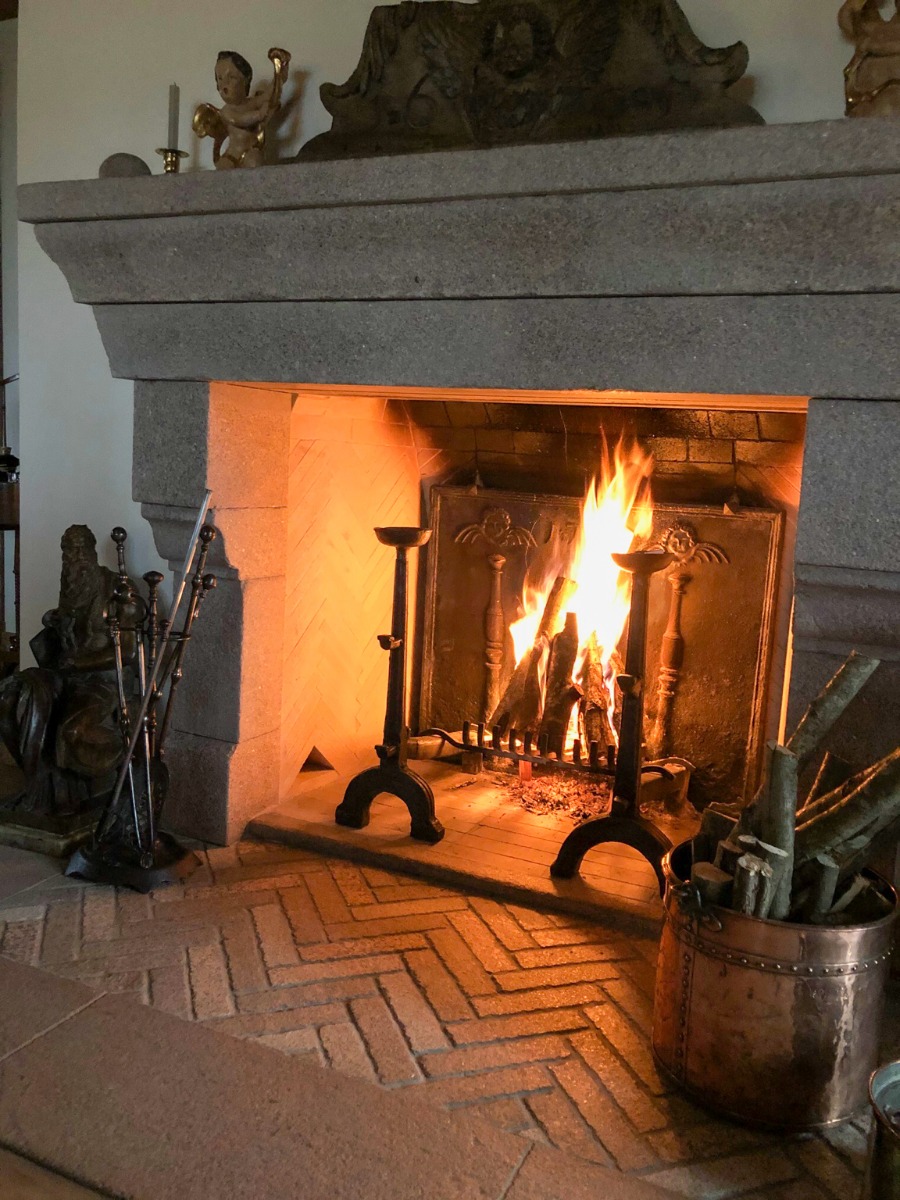
Prevention is always better
Every fireback, new and old, can in principle crack. Therefore, take the following precautions to prevent this:
- Securely attach the fireback to the rear wall so that it cannot fall over. This can be done, for example, with mounting brackets specially intended for this purpose.
- Burn a very quiet fire at the start of the burning season, and do not extinguish the fire quickly with water, sand or anything similar.
- Always burn quiet fires.
- Do not use excessively hard wood, such as tropical hardwood. Do not use coal or briquettes.
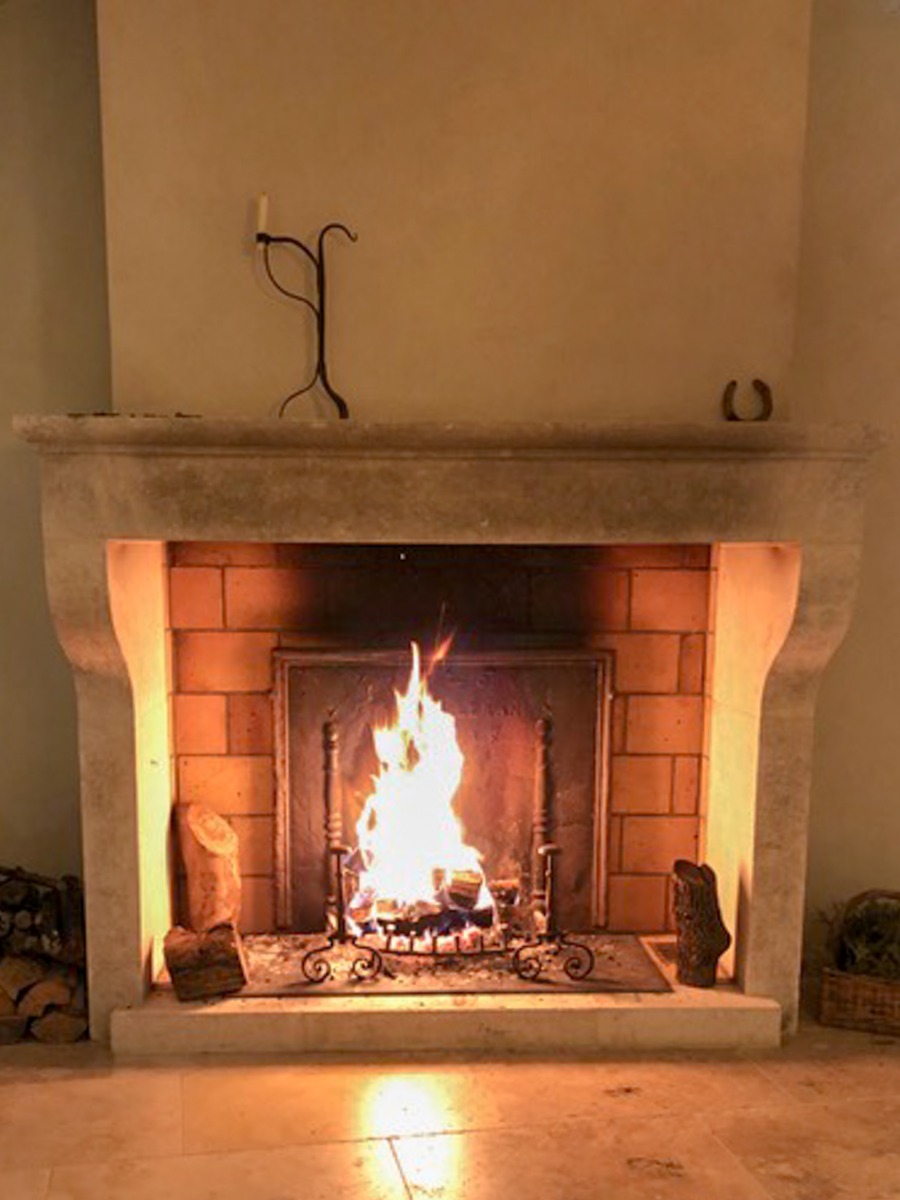
What can I do with a fireback that can't serve in a fireplace any longer?
Firebacks with cracks are often older than firebacks without cracks and can be particularly beautiful. In addition, a fireback with a (large) crack is cheaper than a fireback without a crack. A fireback with a large crack is very suitable for the following purposes:
- In a gas fireplace to give the fireplace the appearance of a real wood fireplace.
- Behind a wood stove to protect the wall from the heat of the stove.
- As a splash screen above the stove, which gives the kitchen the same character.
- To decorate an unused fireplace.
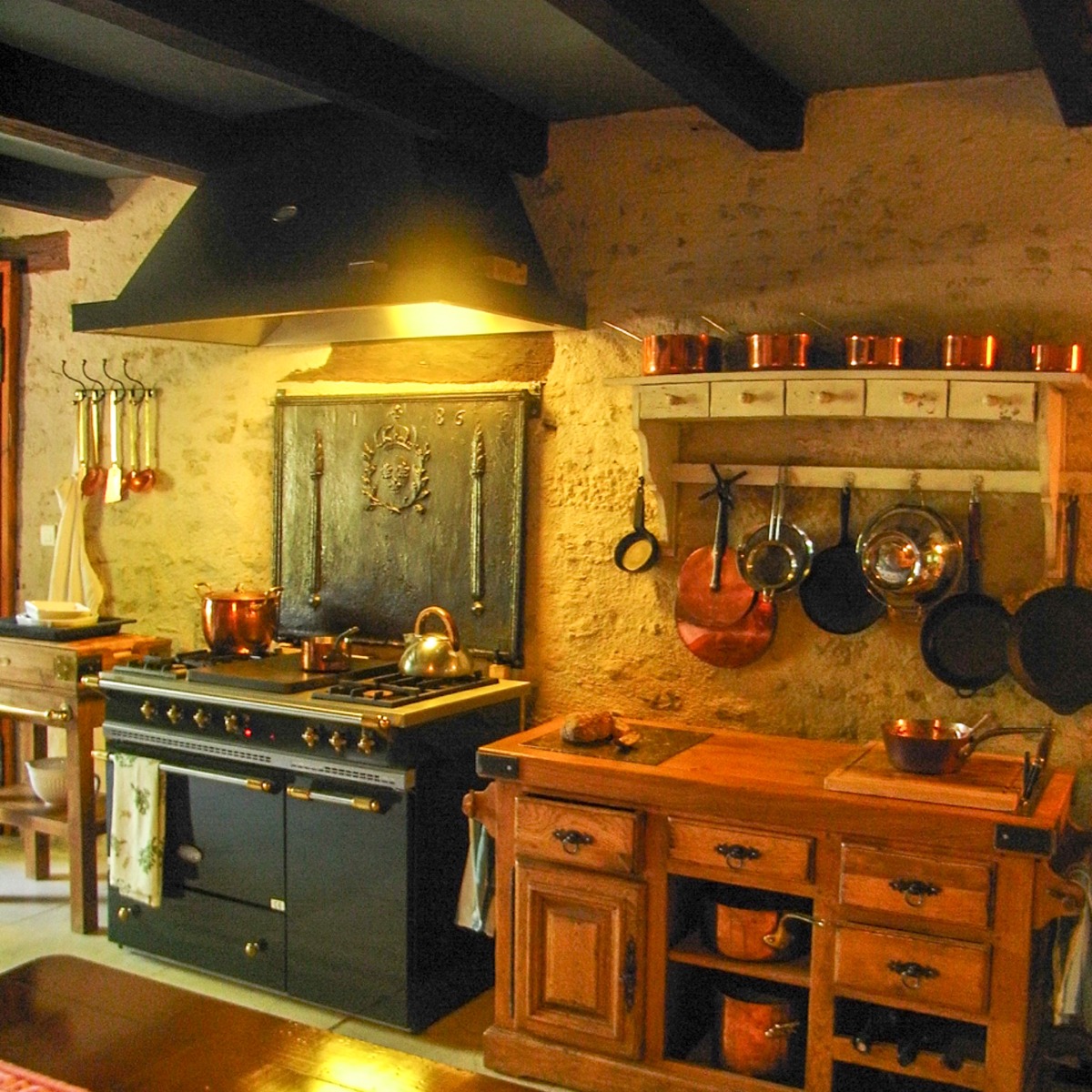
Browse our webshop
Learn more
Everything you need to know to choose a fireback
Which size of fireback fits in my open fireplace?
How do I attach a fireback to the fireplace back wall?
How do I ensure that my fireplace burns hot?
A brief overview of the history of the fireback
How to install a fireback above a stove?
How do I decorate my fireplace?
How do I decorate my unused fireplace like a real fireplace?
How do I protect the wall behind my wood-burning stove?
Nice gift ideas for fireplace lovers

